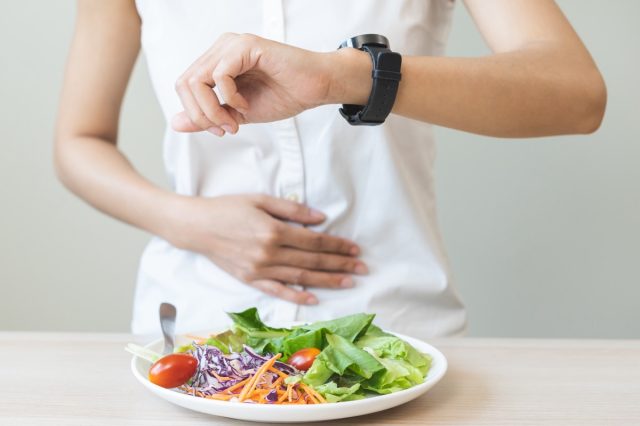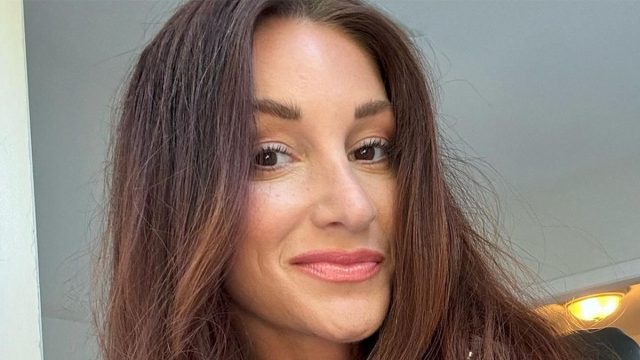5 Bedtime Rituals to Lose Weight While Sleeping, According to Camila Cabello's Trainer
You've heard that "you are what you eat," but when it comes to weight loss, you are also how you sleep. Science has found a link between sleep and obesity, which means that cleaning up your sleep hygiene can help you achieve your weight loss goals. Celebrity fitness trainer and health and wellness expert Jenna Willis maintains that there are a few bedtime rituals that can help prime your body for weight loss overnight.
Drink a Cup of Herbal Tea
Her first recommendation is to drink a cup of herbal tea. "Enjoying caffeine-free herbal tea, such as chamomile or peppermint, helps relax your body and aids in digestion, creating the perfect conditions for overnight fat burning," the Los Angeles-based fitness expert, whose clients include Camila Cabello and Lala Kent, tells Body Network.
Studies Find That Tea Offers Lots of Other Health Benefits

Science agrees with Willis and then some. Numerous studies have shown that a variety of teas may boost your immune system, fight off inflammation, and even ward off cancer and heart disease.
Eat Your Last Meal Five Hours Before Bed
Next, make sure to go to bed on an empty stomach, says Willis. "Eating late can cause your digestive system to stay active while you sleep, leading to discomfort, indigestion, or acid reflux," she explains.
It Will Give Your Body Time to Digest

There are other benefits to eating your last meal earlier. "Stopping food intake earlier allows your body to fully digest, promoting better rest, as your body is focused on rest rather than digestion!" she says.
RELATED: This Diet Is More Effective Than Ozempic, Says Weight Loss Coach
Avoid Late-Night Snacking
She also recommends avoiding the urge to snack at night. "Giving your body a break from food a few hours before bed allows your metabolism to focus on burning stored fat instead of digesting late-night snacks," she says.
There Are Benefits of Time Restricted Eating

Avoiding late night snacking and eating your last meal earlier in the day are part of intermittent fasting. Intermittent fasting works by "prolonging the period when your body has burned through the calories consumed during your last meal and begins burning fat," explains Johns Hopkins Medicine.
Set a Consistent Sleep Schedule
Next, be consistent with your sleep schedule. "Sticking to the same bedtime and wake-up time each day helps regulate your body's internal clock, enhancing metabolism and promoting fat burning," says Willis.
RELATED: I Lost 50 Pounds in 75 Days with the 75 Hard Challenge
Sleep Boasts So Many Benefits

There are so many benefits of sleep. According to the Sleep Foundation, getting enough z's is a mood booster, promotes heart health, regulates blood sugar, improves mental function, restores your immune system, helps relieve stress, and aids in weight loss.
Turn Off Screens
Another great nighttime health habit? Turn off your screens. "Minimizing blue light exposure from devices before bed supports melatonin production, improving sleep quality and boosting overnight weight loss," says Willis.
RELATED: 3 Proven Tips to Lose Even More Pounds on GLP-1 Drugs
Follow Jenna Willis on Social Media
Jenna Willis is one social media. You can follow her on Instagram or Facebook or head over to her website for more information. And if you enjoyed this article, take advantage of these 15 Quick Ways to Lose Body Fat Percentage in a Week.





